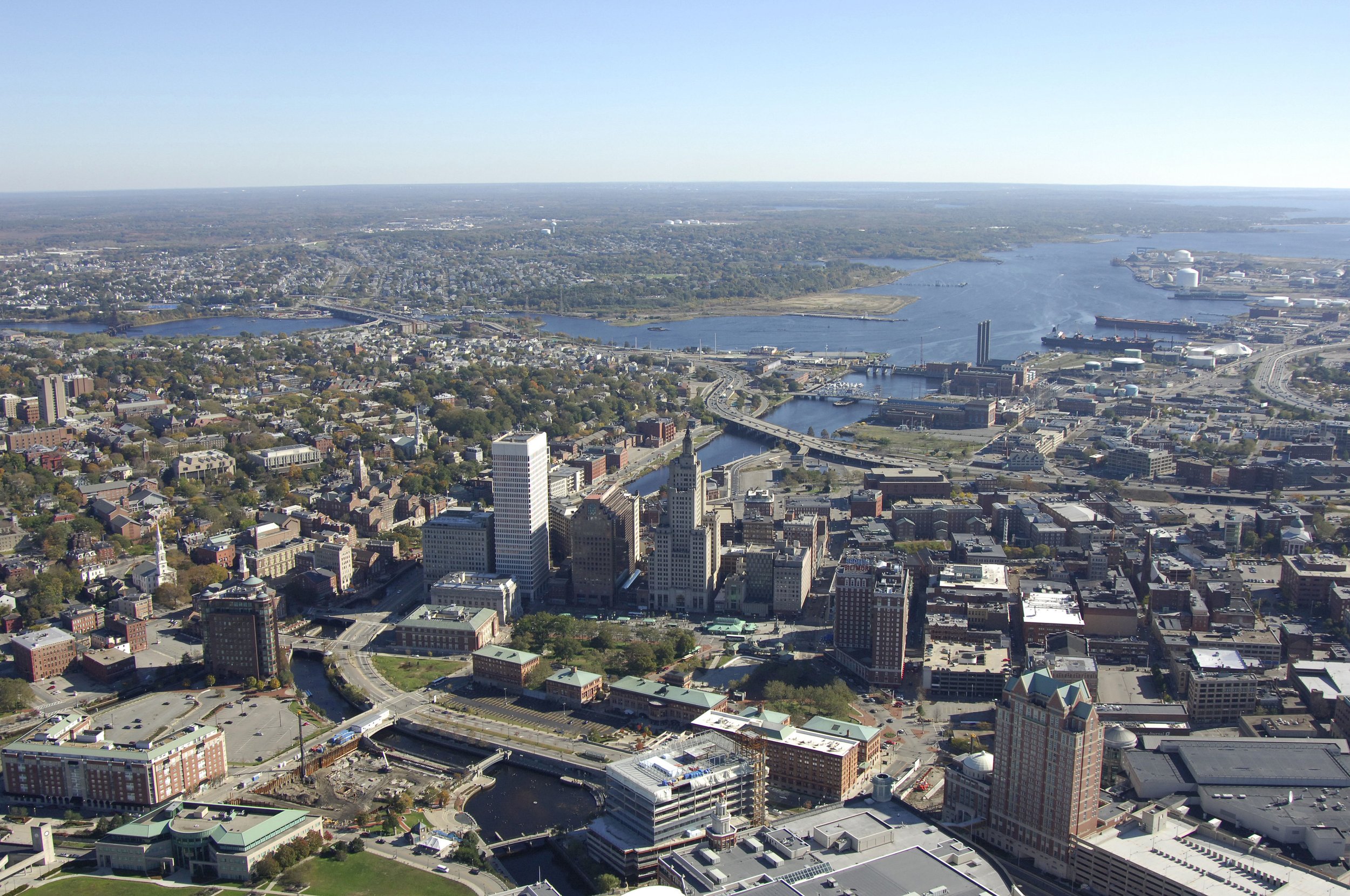Welcome to Breathe Providence
a community-focused air monitoring network in Providence, Rhode Island
We are a research team aiming to characterize Providence’s air quality on a hyperlocal level.
More about the project
According to the Centers for Disease Control and Prevention, 12.1% of Rhode Islanders have asthma—the second highest rate in the country—and Providence experiences dramatic inequalities in residents' proximity to environmental hazards, especially among communities of color and low-income areas. Local community groups, including the Racial and Environmental Justice Committee (REJC), have issued calls for high-resolution air quality monitoring towards the goal of protecting vulnerable populations, such as children and those with respiratory diseases, as well as reducing environmental inequality.
The project works closely with community groups and government stakeholders to develop an unprecedented understanding of air quality across the city. Ultimately, we hope to increase awareness and support more targeted policies that cut emissions and tackle environmental inequalities. This project is made possible by the Clean Air Fund, which has supported air monitoring efforts around the world, such as the Breathe London project. Our work directly contributes to CAF’s goals of catalyzing improvements in air quality, environmental sustainability, and community health.
Breathe Providence is a network of low-cost air monitors in Providence, Rhode Island based at Brown University. The monitors continuously measure concentrations of carbon monoxide (CO), carbon dioxide (CO₂), nitrogen oxides (NOₓ), ozone (O₃), and particulate matter (PM₂.₅), alongside meteorological conditions.
Through this project we hope to meet community demands for more comprehensive environmental monitoring, especially in places where frontline communities, children, and people with respiratory disease are living, working, and playing. We aim to produce data relevant to residents and policymakers alike by building the network around community priorities.
This site will display our high-resolution data in near-real time.

“Histories of residential segregation due to policies such as redlining and poor housing quality determine where people have access to live and the level of pollution they could be exposed to. As a result, low-income communities of color in Providence suffer the greatest environmental health consequences of air pollution.”
Science
Understand neighborhood scale differences in air pollutants.
Identify sources of and meteorological influence on pollution patterns.
Improve methods for low-cost sensor networks.
Our Project Goals
Community
Produce data relevant to residents by collaborating on sensor placement and the translation and dissemination of data.
Support local initiatives and organizations, deepening Brown’s relationship with Providence.
Policy
Inform more targeted emissions reduction policies and community health interventions.
Support the use of EJ frameworks in policymaking.
Our Partners
Building relationships with community partners is vital for maximizing our network’s relevance and utility for residents, activists, and policymakers. Many of the organizations listed here have played active roles in building the network and refining the goals of the project. We hope that through these partnerships, we can open channels for sharing air pollution information directly with community members.
West Elmwood 02907 HEZ
Central Providence Opportunities HEZ
South Providence HEZ
Brown University’s Community Engagement Core Program




